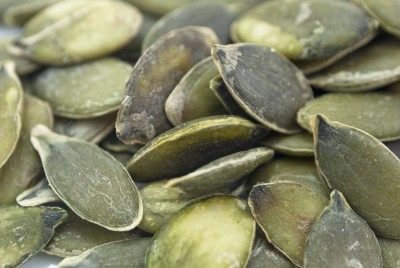Figs – Nutritional Profile
The fig fruit tree is native to Turkey and is an important fruit of commerce in the eastern Mediterranean region. Twice a year the tree will bear several hundred sweet fig fruits.
A 100g portion of dried figs contains 249 calories, 63.9g of carbohydrates, 9.8g of fibre, 47.9g of sugars and 3.3g of protein. The figs also contain 1.2mg of Vitamin C, 0.35mg of Vitamin E and 15.6µg of Vitamin K. Vitamins in group B are also found as 0.619mg of Niacin, 0.082mg of Riboflavin, 0.085mg of Thiamin and 9µg of Folate are present.
Figs contain a range of minerals. Calcium (162mg) , Copper (0.287mg), Iron (2.03mg), Sodium (10mg), Magnesium (68mg), Manganese (0.51mg), Phosphorous (67mg), Potassium (680mg), Selenium (0.6µg) and Zinc (0.55mg) are present.
Figs – Health Benefits
Figs are very low in calories. A 100g portion of figs that haven’t been dried contain just 74 calories but large amounts of dietary fibre which helps people feel full. This means that people should start to feel full even after eating just a single portion of figs, making them less likely to over eat other foods and therefore lose weight.
Dried figs are a great source of calcium which is well known for promoting bone density. Furthermore, the potassium in figs helps to counteract any loss of calcium caused by the high salt content of the average diet.
The high potassium content found in figs is also an important component of cell and body fluids that helps to control the heart rate and blood pressure. Other minerals such as copper and iron are also beneficial to the production of red blood cells.
Dried figs are said to contain omega-3 and omega-6 fatty acids along with phenol. These are useful in preventing coronary heart diseases.
Eating figs are said to be an effective cure for treating a sore throat because of their high mucilage content.
Studies show that eating figs produces a significant increase in antioxidant capacity that lasts for 4 hours after consumption. This boost in antioxidants allows the body to overcome the oxidative stress that comes from consuming foods that are high in artificial sugars.
Figs contain a high level of a flavonoid called luteolin. This flavonoid has specific anti-inflammatory capabilities that are effecting at combating free radicals. Studies have shown that luteolin was the most effective flavonoid at blocking the growth of tumours.
Figs – Product History
The edible fig is thought to be one of the first plants cultivated by humans. Fossils of figs have been found just north of Jericho dating to around 9400bc. Figs were also a common source of food for the Romans who helped to spread the fruit all throughout the Roman Empire, through Northern Europe to England.
At about 700AD it is thought that figs travelled along the Silk Road, heading east towards China. It took up until the 16th century for figs to reach North America, when Spanish settlers went to Mexico and California, taking figs with them and planting them in the hot climate.




